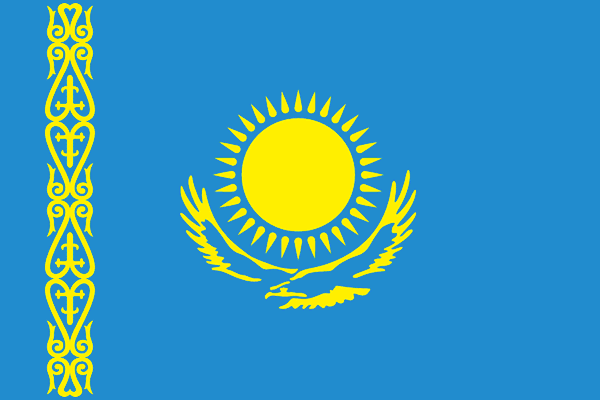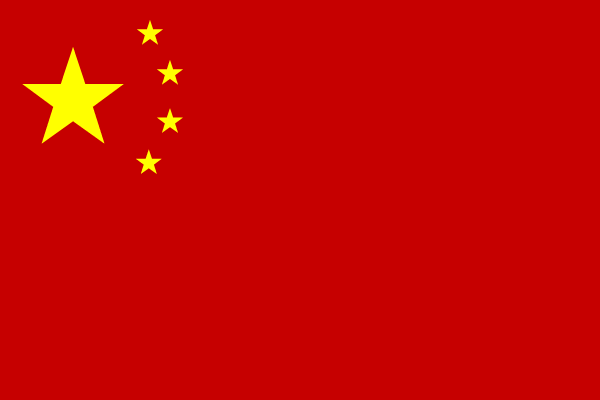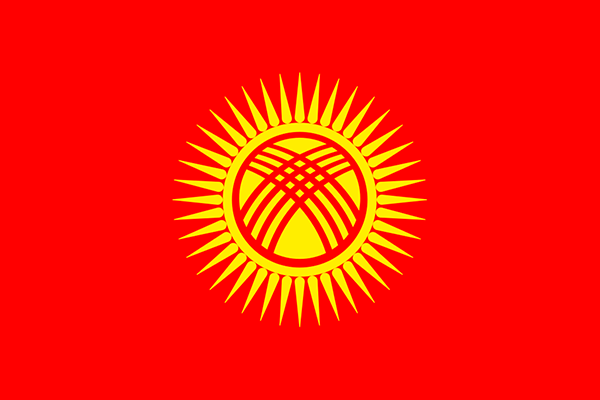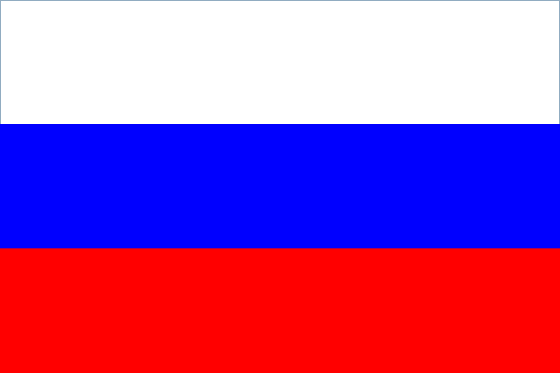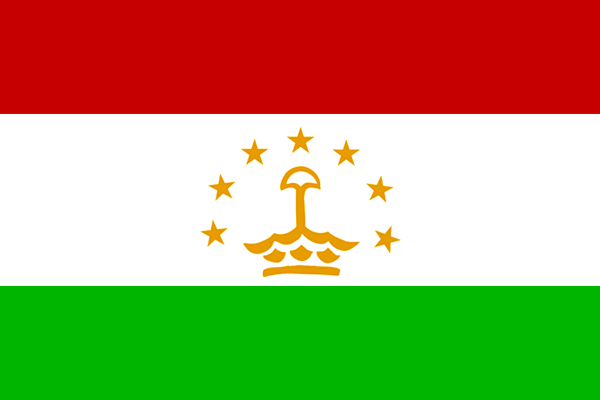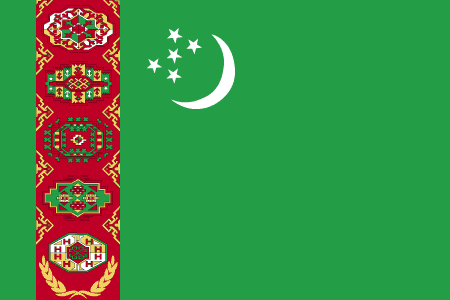
Republic of India
Legal system
India has a federal system consisting of the Union or Central Government, and the State Governments. Legislative power is exercised by the Parliament consisting of two houses, namely, Rajya Sabha (Council of States) as the upper house, and the Lok Sabha (House of the People) as the lower house. Rajya Sabha is a permanent body and is not subject to dissolution. The Lok Sabha is composed of representatives chosen by direct election. All legislation requires the consent of both Houses of parliament. In the case of financial and related legislation, the will of the Lok Sabha prevails. The leader of the party commanding majority in the Lok Sabha is appointed as Prime Minister. The Council of Ministers, led by Prime Minister is collectively responsible to the House of the People.
India has a common law legal system. The judiciary‘s function is to administer justice independently. The judiciary comprises the Supreme Court, the High Courts (the Courts of Appeal), the Subordinate Courts, the Appellate Tribunals, and the Tribunals. The Constitution is the supreme legal document and source of law in the country.
Economics and the financial sector
India has the world’s fifth largest economy by GDP. Its main trade partners are the USA, China, and the UAE. Its chief exports are products of petroleum processing, precious stones, pharmaceuticals, gold and other precious metals jewellery, iron and steel, electric machinery and equipment, organic chemicals, RMG Cotton including accessories, vehicles, marine products. The chief imports are crude oil, gold, precious stones, electronics components, telecom instruments, chemicals, industrial machinery for dairy etc., and iron and steel. Also, India is a major exporter of business services, notably in the Information, Communication and Technology (ICT) sector.
The Indian financial market comprises four sectors: 1) banking companies, 2) financial institutions, 3) securities sector, and 4) insurance companies.
Financial Intelligence Unit
A fully functional FIU of an administrative type was launched in the country in 2006 as a central national agency responsible for receiving, processing, analyzing and disseminating information relating to suspect financial transactions to enforcement agencies and foreign FIUs. It is an independent body reporting directly to the Economic Intelligence Council (EIC) headed by the Finance Minister.
The functional scope of the FIU includes sharing information with national intelligence/law enforcement agencies, national regulatory authorities and foreign Financial Intelligence Units. It coordinates and strengthens collection and sharing of financial intelligence through an effective national, regional and global network to combat money laundering and related crimes.
The Head of the Indian delegation in EAG is Mr. Balasubramanian Krishnamurthy (Joint Secretary of the Department of Revenue of the Ministry of Finance).
Agencies involved in the AML/CFT system
The Ministry of Finance is responsible for India‘s fiscal policies, including revenue and tax collection, budgeting and expenditure of the Government. The MOF consists of the Department of Economic Affairs, the Department of Revenue, the Department of Expenditure, the Department of Financial Services, and the Department of Disinvestments. Department of Revenue is responsible for exercising regulatory and supervisory control over the AML/CFT strategies, and for inter-ministerial and inter-departmental co-ordination with respect AML/CFT measures, while Directorate of Enforcement ensures the implementation of AML measures in accordance with the Prevention of Money Laundering Act.
The Economic Intelligence Council acts as the supreme coordinating authority in matters regarding economic offences, strategies on intelligence sharing, co-ordination, etc. The implementation of decisions taken by the EIC is monitored by the Working Group on Intelligence Apparatus, set up for this purpose within the EIC. It is chaired by the Minister for Finance and comprises of the senior most functionaries of various Ministries and intelligence agencies; and the Governor of the RBI and the Chairman of the SEBI.
The Inter-Ministerial Coordination Committee (IMCC) on anti-money laundering and combating of terrorist financing is tasked with development and implementing policies on anti-money laundering or countering the financing of Terrorism, operational co-operation between the Government, law enforcement agencies, the Financial Intelligence Unit-India and the regulators or supervisors; policy co-operation and co-ordination across all relevant or competent authorities. The IMCC is headed by the Revenue Secretary at the Ministry of Finance.
The Directorate of Enforcement is a government body with field offices spread across various of the country. Its mandate is to investigate offences of money laundering under the provisions of Prevention of Money Laundering Act, 2002(PMLA) and to take actions of attachment and confiscation of property if the same is determined to be proceeds of crime derived from a Scheduled Offence under PMLA, and to prosecute the persons involved in the offence of money laundering.
The Ministry of Home Affairs is the nodal Ministry for combating terrorism in all its manifestations and is also responsible for the general maintenance of Internal Security in the Country. The MHA also administers various security, investigative and law enforcement agencies such as the National Investigation Agency, the Narcotics Control Bureau, and the Intelligence Bureau. Moreover, India‘s CFT legislation (UAPA) and the National Investigation Agency Act, 2008 (NIA Act), constituting the National Investigation Agency are administered by the MHA.
The National Investigation Agency (NIA) has been set by the Central Government as a federal, specialized and dedicated investigating agency to investigate and prosecute scheduled offences, in particular the offences under the UAPA, including FT offences. The NIA has concurrent jurisdiction with the individual States, and this empowers the NIA to probe terror attacks in any part of the country.
The Ministry of Corporate Affairs (MCA) is primarily concerned with the administration of the Companies Act; other allied Acts and rules and regulations framed there-under mainly for regulating the functions of the corporate sector in India. The MCA exercises supervision over three professional bodies, namely, the Institute of Chartered Accountants of India (ICAI), Institute of Company Secretaries of India (ICSI) and the Institute of Cost Accountants of India (ICWAI).
The Ministry of External Affairs (MEA) is responsible for all aspects of relations with other countries.
The powers of the Ministry of Law and Justice include interpretation of the application of AML/CFT laws.
Legislative framework
India has a digital repository of legislative acts at the central and regional levels. Documents are searchable by title.
- Constitution of India.
- Prevention of Money Laundering Act (2002).
- Unlawful Activities (Prevention) Act (1967).
- National Investigation Agency Act (2008).
International cooperation
India is member state of the UN and EAG as well as the following organizations: World Bank, IMF, Asian Development Bank, FATF, Asia Pacific Group, Egmont Group, Interpol, NIB, and Shanghai Cooperation Organization.

 Login to your account
Login to your account Eng
Eng Рус
Рус
